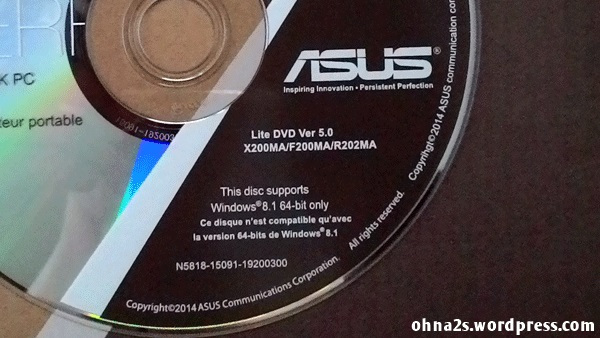

%NVIDIA_DEV.1251.0000.0001% = Section(just pick the three numbers associated with one of the other ids next to wher this is going. So like all those above you will type it like so Youre going to create the id as you see the multiple ids above so that when you run the installer it can see the hardware. So your model number for the laptop and the manufacture code are the important part. PCI\VEN_10DE&DEV_1251&SUBSYS_125110DE.ETCģrd - Go to Nvidia and download the appropriate driver.Ĥth - Run the installer so that it builds the directoryĥth - open explorer and go the this pc/ local disk (c:)/ NVIDIA/ displaydriver/xxx.xx/win9_win7_64/international/display.driver Open Control Panel Go to System & Security Click on System Click Device Manager (should be located in the left column) Here it should be under either Display Adapters or Others click Microsoft Basic Display Adapter click the Details tab click the drop down and select "Device Instance Path" or "Hardware ID " here you should see this number or a number very similar. Or you can open the laptop and read the id number off of the card. I was absolutely in the dark as to the exact hardware specs when I began so when I went to get the drivers from NVIDIA I used their Java app to identify the hardware. I'm not going to tell you about the Journey on the way to the solution just the fix. Turns out that the GPU's ID was not in any of the device list in the INF files for the Which led me to explore the possibilities. I went to the ASUS' support site and downloaded both of the video drivers for the model and both failed to install and gave the same error. Turns the hardware was not compatible with any driver I found. It failed to find drivers for the video card. When the computer booted after initial install and began getting its drivers.

One of the computers I've recently installed windows 10 on was an older G73Sw ASUS laptop.


 0 kommentar(er)
0 kommentar(er)
